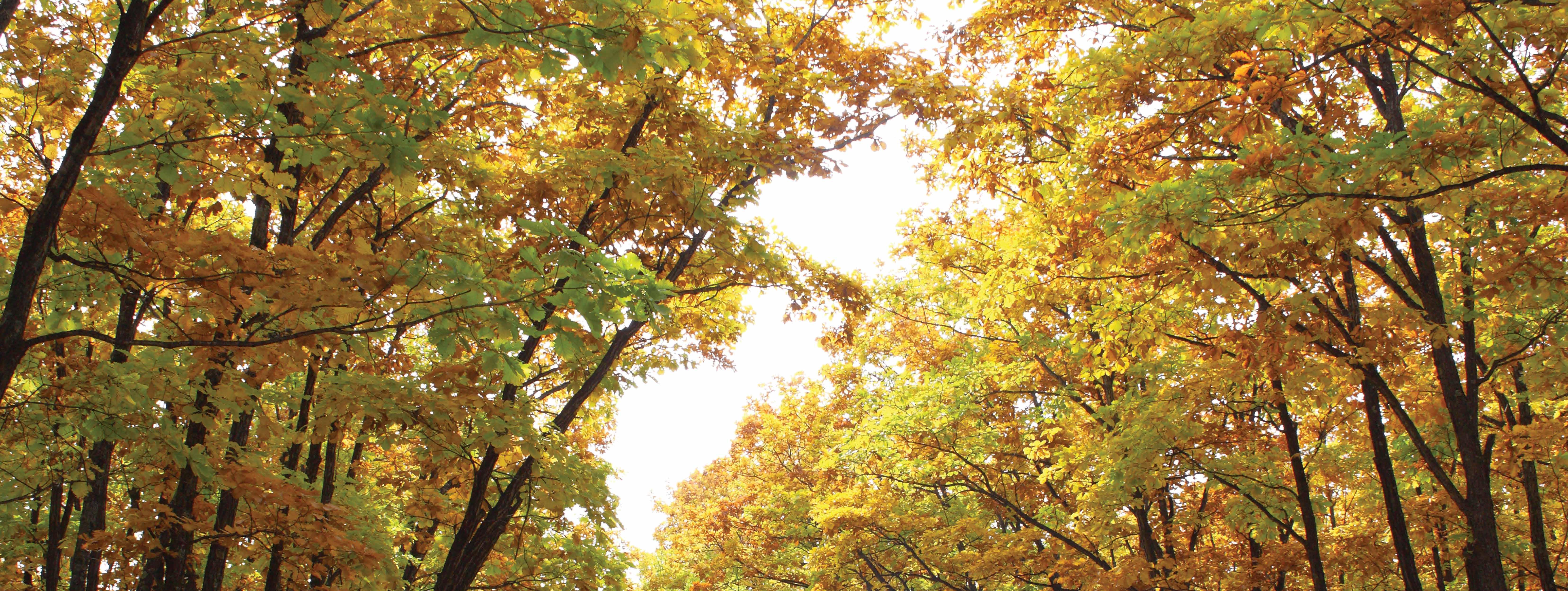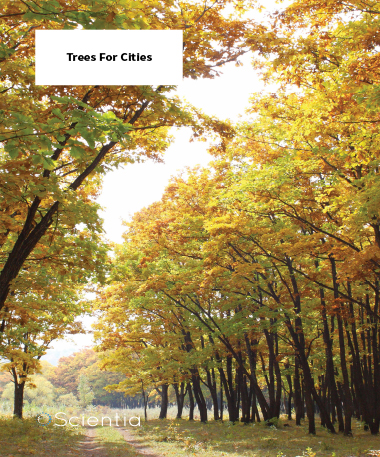Trees For Cities
As the only charity working on an international scale to create greener cities, Trees for Cities has engaged over 70,000 people to plant over 650,000 trees in parks, streets, schools and housing estates across the UK and internationally. Trees for Cities helps to strengthen communities through volunteering opportunities and inspires people to connect with nature. Here, we have had the pleasure of speaking with David Elliott, Chief Executive of Trees for Cities, who tells us all about the charity’s work in improving cities and communities in the UK and beyond.

To start, please tell us how Trees for Cities was first established. What was the motivation behind setting up such a charity?
Trees for Cities was founded in 1993 by a small group of ‘guerrilla tree planters’. The founders were saddened by the lack of green and prevalence of grey on some of our capital’s streets, and were determined to do something about it. They threw parties to raise money from their friends and contacts and set about planting trees where they felt there was a particular need. It was a visionary movement as the role and value of trees and high quality green spaces in our urban environments have only really started to move to the forefront of thinking and planning in recent years.
Your mission is to plant trees and green cities worldwide – please tell us what cities you have been focusing on thus far, how many trees you have planted to date and what your goals for the future are.
Trees for Cities was originally Trees for London and so in the early years our work was solely London-focused. As the appreciation of the role of urban trees and green spaces grew, our projects became more in demand and we expanded into cities across the country and internationally. In 2003, we became Trees for Cities to reflect this broadening of our work.
Since then we have worked in almost all major cities across the country. Each year the cities we work in vary depending on funding and project demand. Internationally, our focus tends to be East Africa – cities such as Nairobi, Dar es Salaam and Addis Ababa – but we have also worked in Peru, Nepal and other countries across the globe.
To date we have planted around 700,000 urban trees in the UK and internationally. Whilst we aim to reach a million trees by 2020, the numbers only tell part of the story as what is most important is ensuring that projects have the greatest impact on the communities and environments in the most deprived and grey parts of our cities.

Describe some of the many benefits of having more trees in urban areas.
Trees in our cities provide us with an amazing range of ecosystem services and benefits: they filter pollutants such as nitrous oxide gases and particulate matter from the air; they mask noise; they intercept rain and absorb water to reduce flooding; and they act as a natural carbon sink.
Of course, trees also provide a vital habitat for biodiversity – many birds, bats and beetles could not survive without them.
Trees for Cities delivers all of its projects through people: local communities help plan for, plant and maintain the trees. This brings people into the outdoors and fosters a connection with nature. Creating outside places and spaces that people spend more time in has enormous physical and mental health benefits.
Arguably above all, trees provide and create beauty and a sense of wellbeing that no human-made structure can come close to replicating.
Trees for Cities has also created 50 ‘edible playgrounds’ in several cities across the UK, please describe what these playgrounds involve.
An Edible Playground is a high quality, custom-designed raised bed system that is created to make optimum use of underutilised areas of school grounds. Edible Playgrounds transform these areas into vibrant outdoor spaces that excite and teach children about growing and eating healthy food.
By instilling healthy eating habits at an early age, Edible Playgrounds can help to tackle obesity, food poverty and lack of access to nature head on, and provide a platform for fun and engaging lessons that support the school curriculum.
Please share one or two achievements made by Trees for Cities that you are personally most proud of.
Over recent years, Trees for Cities has been a key delivery partner for two major planting programmes. The first of these was the ‘Big Tree Plant’, a national campaign funded by the Forestry Commission to encourage people and communities to increase the number of trees planted in towns, cities and neighbourhoods throughout England. This programme successfully planted over one million new trees in urban areas. The second of these was the former Mayor of London’s street tree programme, which put 20,000 new trees on the capital’s streets over the Mayor’s two terms in office.
Finally, how can people donate to the cause, or get involved in the work you do?
Despite the numerous benefits that trees provide to people and nature, our urban trees face huge threats and challenges. Many trees are being lost to developers and insurance claims, and entire key species are at risk from pests and diseases. Climate change threatens to change the face of our streets and parks. In light of budget cuts to local councils, we are faced with the huge challenge and responsibility to help plant, protect and promote trees in our cities. The support of individual donors and volunteers is crucial. You can make a massive difference by helping us in this work. Through our website at http://www.treesforcities.org/ donate you can join us in our mission to plant trees and green cities worldwide.

